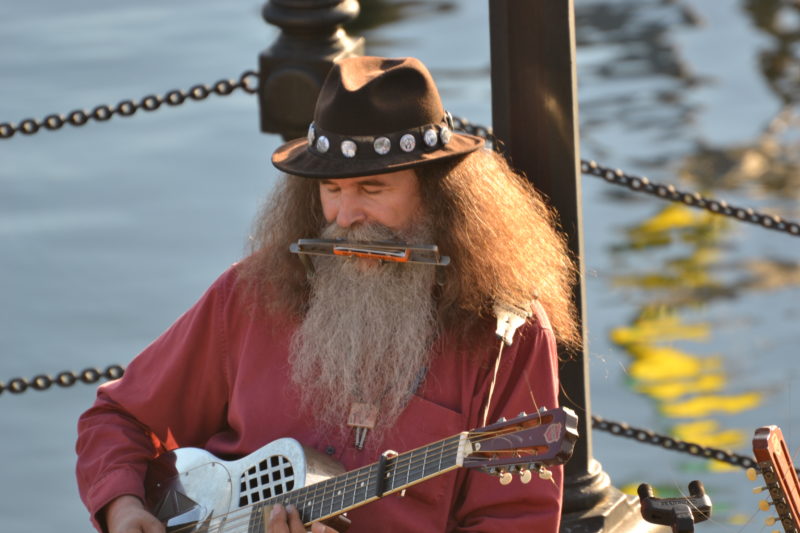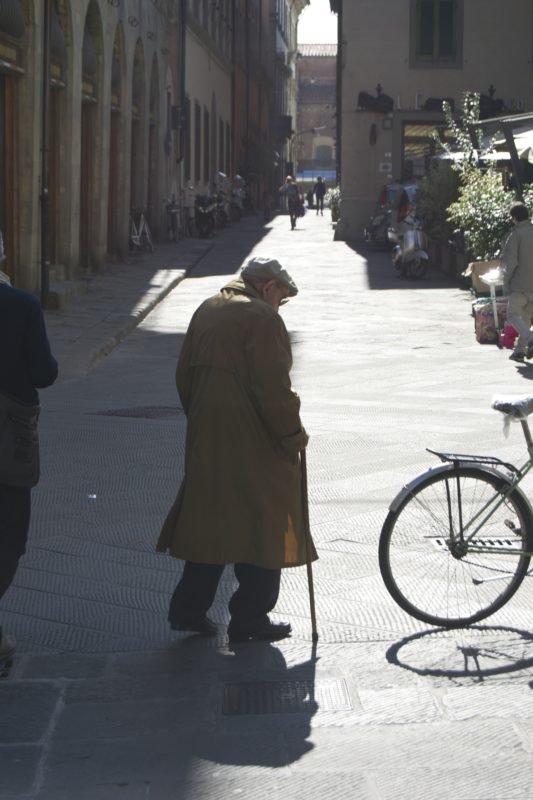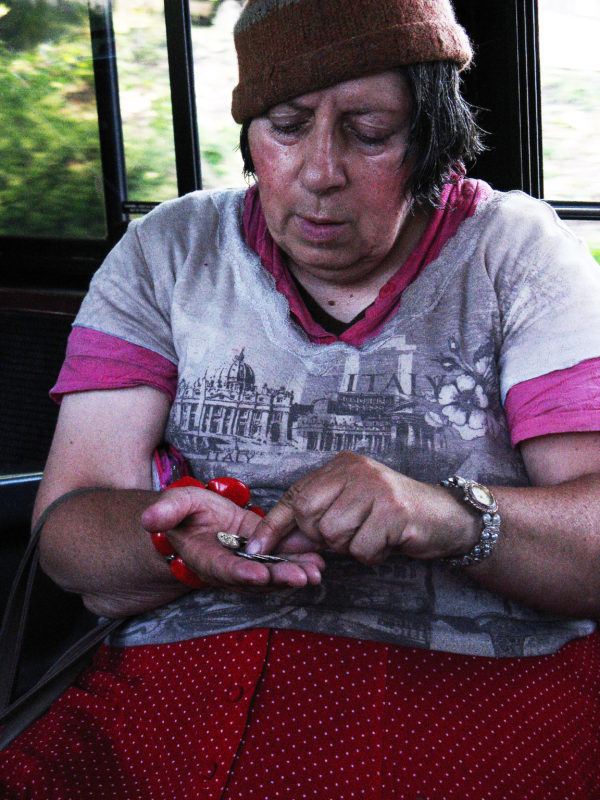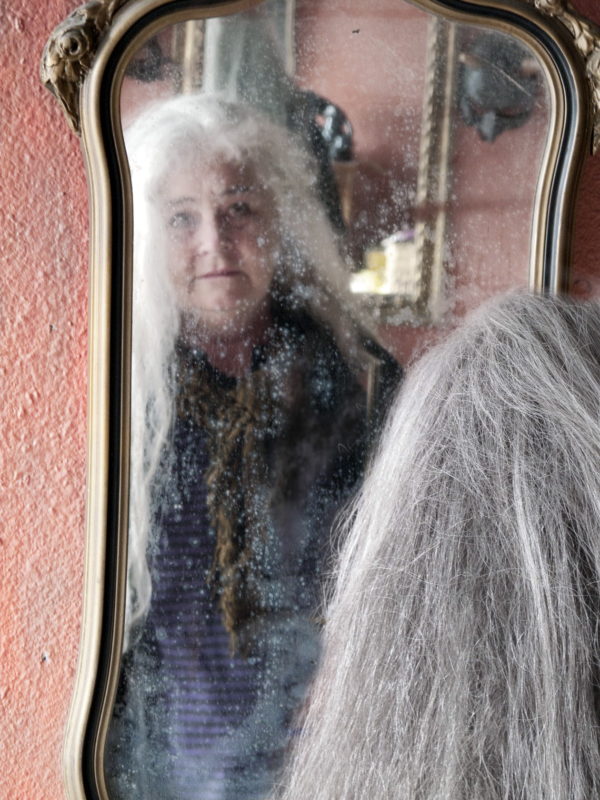
As a counterweight to the depressing topic discussed today, I chose some of the happiest older faces I met in my wanderings.
The article below is long, complex and I thought instructive. It is written by a Dutch doctor who helps with assisted suicide, legal in Holland, although only for Dutch citizens (unlike Switzerland which welcomes other people who seek that kind of fate.) He explains the concerns and hesitations and fears surrounding this act, but, more importantly, points to how improved palliative care could avert decisions of suicide. Palliative care has seen lots of changes in the last decades, as spelled out in the other two links, but for every step forward there seems to be some steps back – particularly when some insane nurse goes on a “mercy” killing spree in yet another hospital or nursing home.
I can think of many reasons that speak against assisted suicide beyond religious ones. The slippery slope to euthanasia has to be avoided; one of the largest fear of the dying is to be a burden on others – will that be a motivating psychological force? Does that justify the loss of a life? I can also think of many reasons that speak in favor, including the fact that there are certain types of unbearable pain that cannot be relieved by current pharmaceuticals. In the end it has to be a personal decision, with a safeguard structure provided from the outside, as it is in Oregon’s laws.

http://www.threepennyreview.com/samples/keizer_f16.html
http://www.nytimes.com/2016/02/16/health/in-palliative-care-comfort-is-the-top-priority.html?_r=1
https://www.1843magazine.com/features/how-to-have-a-good-death



 If you have 2 minutes today do yourself favor and watch this trailer for a fabulous documentary on how music helps the aging heart and soul.
If you have 2 minutes today do yourself favor and watch this trailer for a fabulous documentary on how music helps the aging heart and soul.











